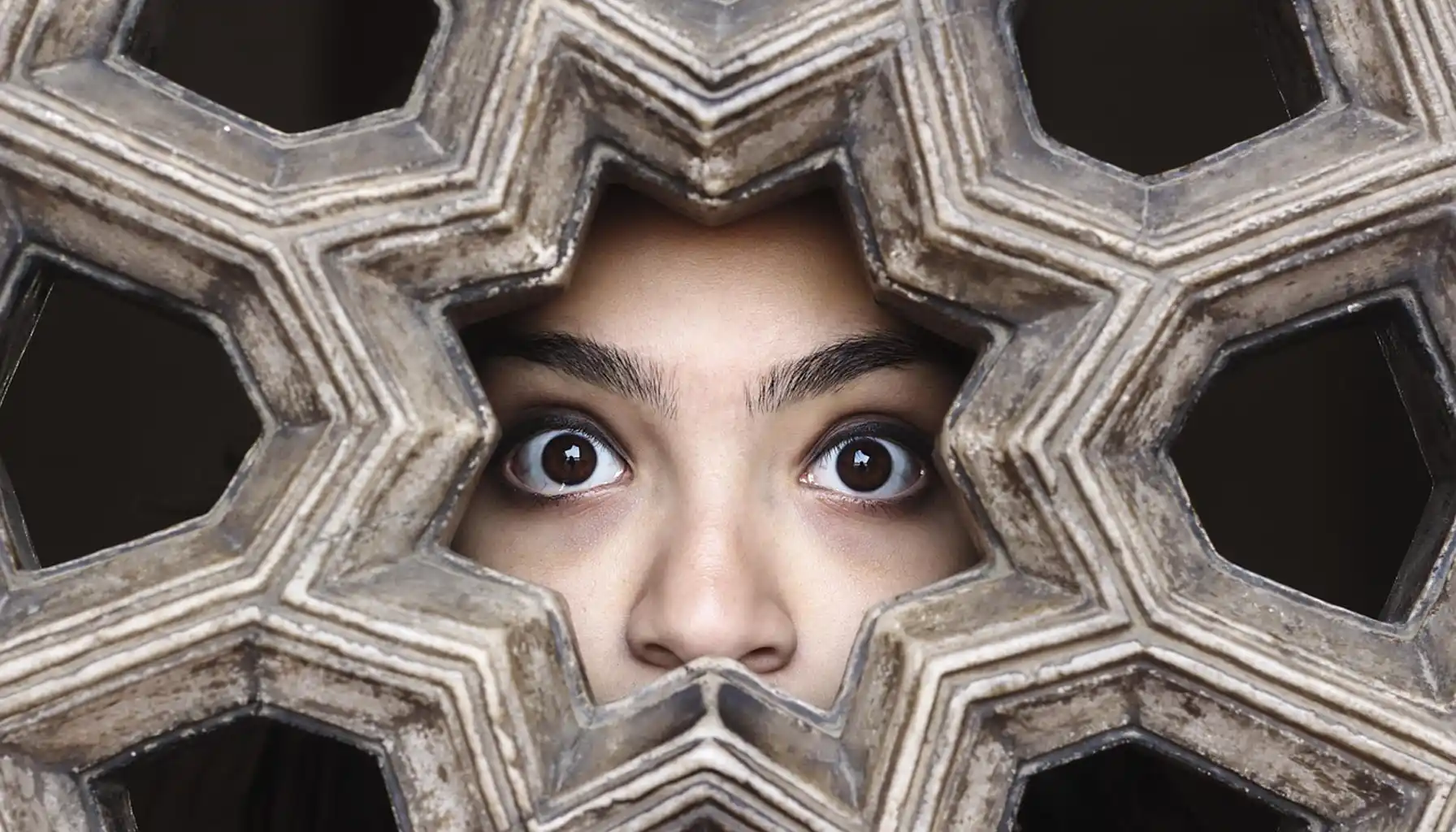Contents:
For some, snakes are companions: they're admired in terrariums, photographed close-up, and their habits are discussed. For others, a single shot, a sudden thought, or a toy snake instantly causes tightness in the chest: a shudder, a lump in the throat, a desire to disappear. This is ophidiophobia—a persistent, irrational fear of snakes.
This disorder is more common than it appears; it's just awkward to talk about. Because of it, a walk in the park becomes a quest, nature trips are canceled, and anxiety rises even during a movie scene.
Supportive practices also help: exercises for attention, breathing, and gentle brain training games, which improve focus and reduce inner tension in everyday life.
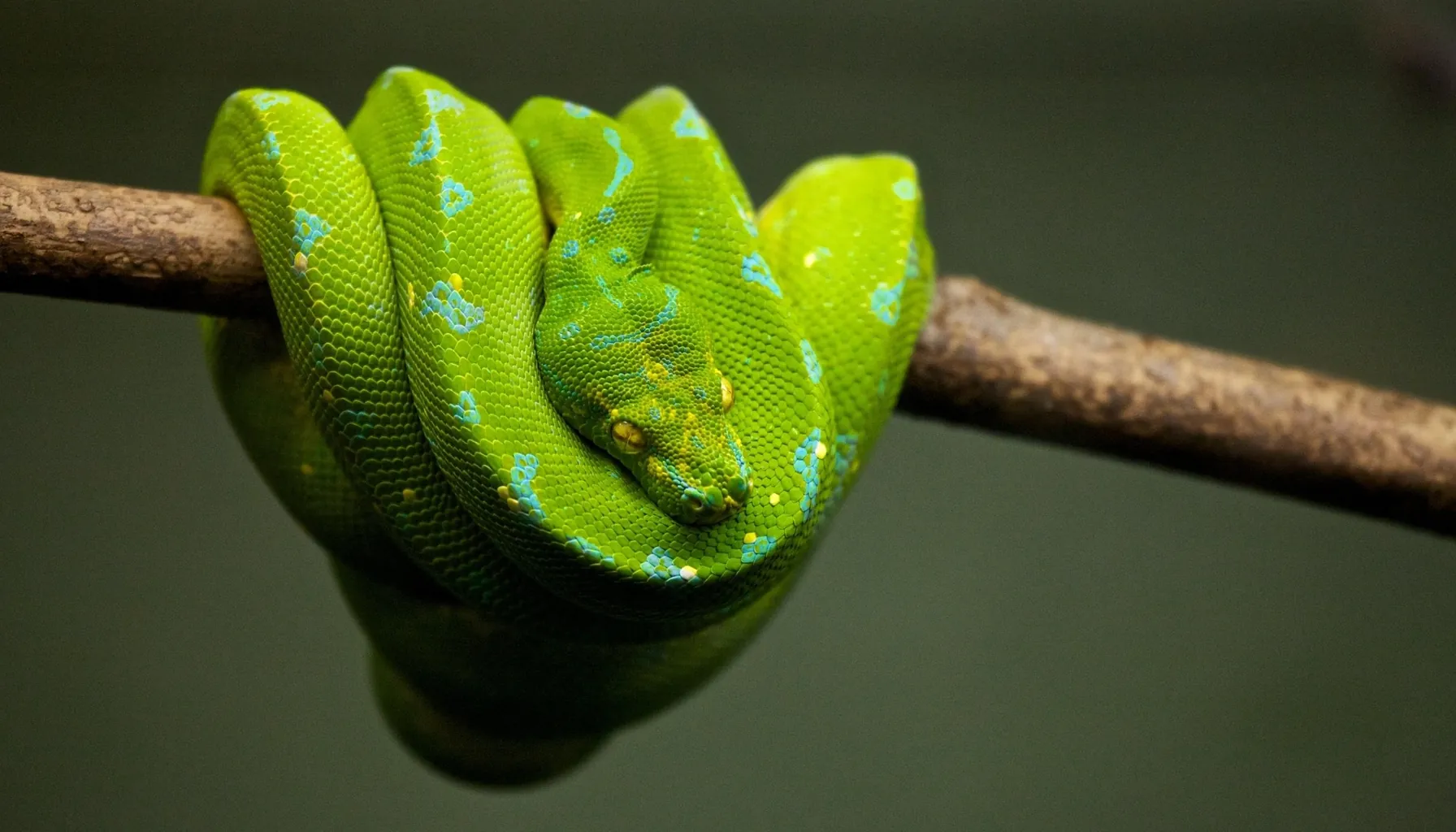
What is Ophidiophobia?
To see what this phobia means, you can turn to the origin of the word. It comes from the Greek "ophis" (snake) and "phobos" (fear). This phobia is specific, meaning the anxiety is locked onto a single object. In this case, it is any mention of or contact with snakes, even indirectly.
Ophidiophobia Meaning and Usage in Psychology
The term implies not just aversion, but a persistent fear response that goes beyond logic. A person may understand that most snakes are non-venomous and pose no danger, but the body reacts differently: increased heart rate, panic, and a desire to avoid the encounter.
Ophidiophobia Definition in Clinical Context
When defining phobia, specialists rely on the criteria of anxiety disorders. The main difference is the disproportionate reaction to the actual threat. Even a small, harmless snake or toy can trigger a severe anxiety attack.
Sometimes patients even wonder how to pronounce the phobia. Ophidiophobia pronunciation is usually given as "o-fi-dio-fo-bi-a".
Ophidiophobia Symptoms
The symptoms of a phobia appear on three levels: mental, emotional, and physical. And they often intertwine so that a person feels fear throughout their entire body and thoughts.
Psychological and Emotional Reactions
The most common symptoms of ophidiophobia include:
panic attacks at the sight of a snake—even if it's behind glass or just flashing on a screen;
obsessive thoughts about encountering a snake in the safest places, like a city park;
nightmares in which snakes become constant "guests";
severe anxiety, even when watching movies or photographs.
Physical Manifestations of Fear
Symptoms also appear on the physical level:
the heart races as if the person were running a marathon;
breathing becomes heavy, leading to shortness of breath;
hand tremors, weakness, and dizziness interfere with concentration;
nausea and a feeling that "the ground is slipping away" are sometimes added.
Behavioral Avoidance
To reduce anxiety, people gradually change their habits: they avoid walking in the woods, avoid parks, and fear traveling to warm climates where they might encounter snakes.
This avoidance eventually narrows the range of familiar activities and places. It is similar to the manifestations of other conditions, such as herpetophobia—a general fear of reptiles and amphibians.
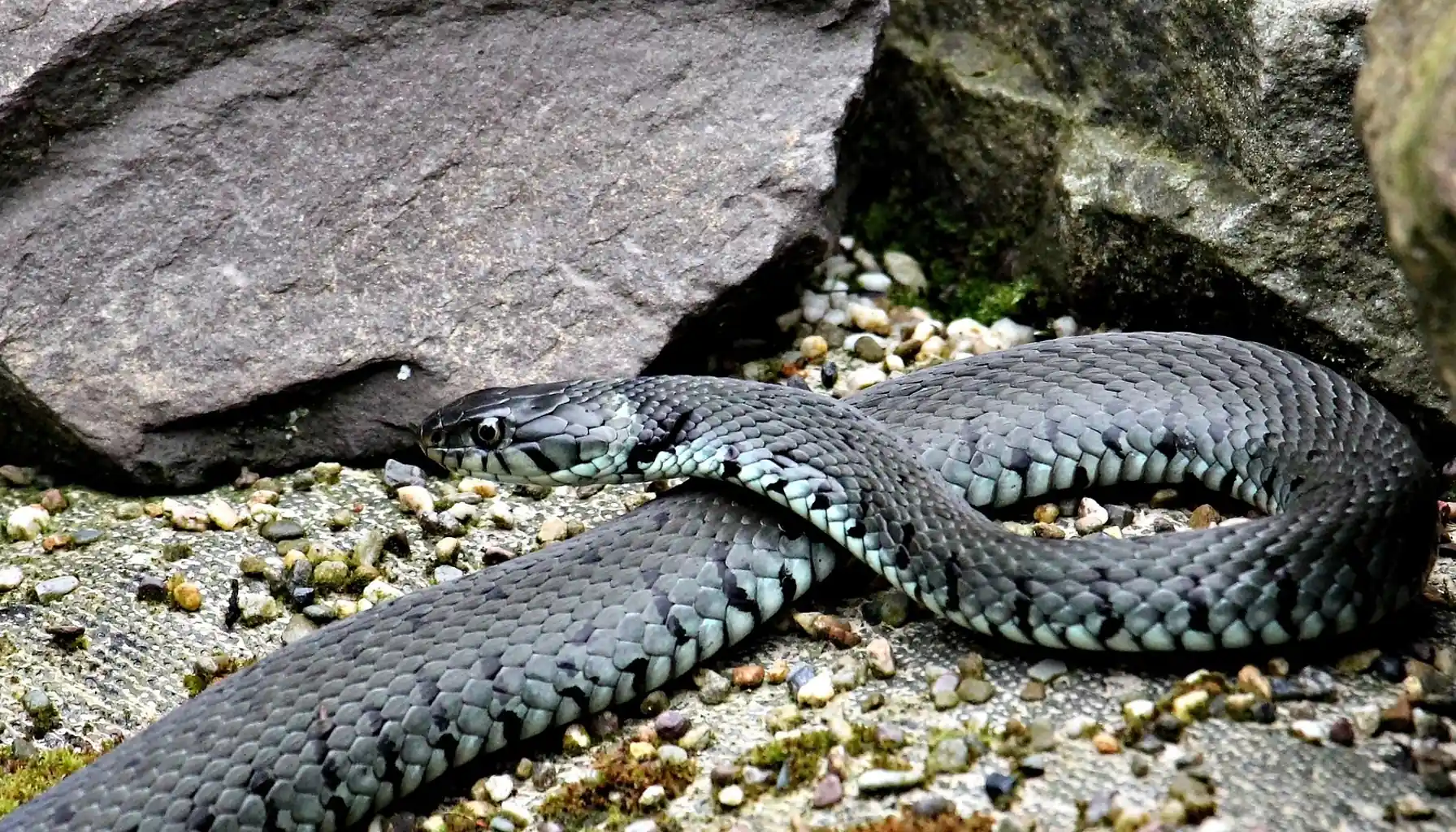
Origins and Causes of Ophidiophobia
The reasons vary from person to person, but several areas can be identified.
Evolutionary Explanations
Scientists believe that fear of snakes is ingrained in our evolution. Our ancestors were more likely to survive if they reacted quickly to snakes, even without distinguishing between venomous and harmless ones.
Childhood Experiences
A child may be frightened by an unexpected encounter in the grass or hear stories about "dangerous cobras," which can trigger their imagination. Such experiences often form the basis for future anxiety.
Cultural Symbolism
Snakes are associated with danger or evil in many cultures. Myths and films tend to paint them as menacing, and that image lingers as fear in the more vulnerable.
Ophidiophobia Facts and Statistics
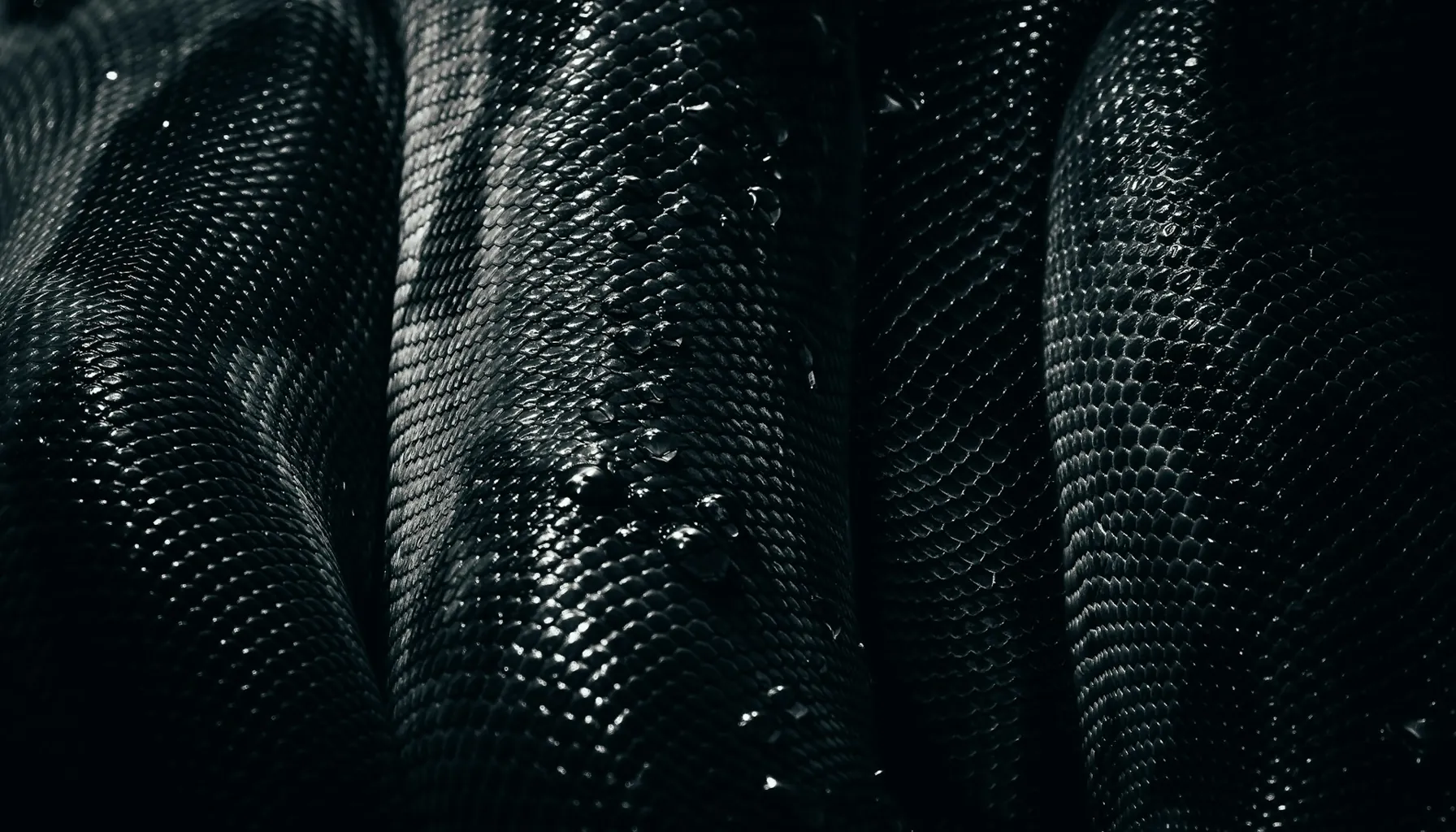
Understanding the numbers helps us understand the scale of the problem.
Key facts about ophidiophobia include:
it is one of the most common zoophobias;
it is more common in women;
it can occur at any age.
How Common is Ophidiophobia?
The exact percentage isn’t known, but studies on anxiety disorders give an estimate. About 2-3% of the population reports severe symptoms, but if subtle forms are included, the figure is higher.
According to various estimates, over 200 million people worldwide experience some degree of fear of snakes. Therefore, the question "how many people have ophidiophobia?" is neither rare nor insignificant.
Table: Comparative Prevalence of Phobias
Phobia | Prevalence (estimated) | Avoidance Features |
Ophidiophobia | 2–3% of the population | Avoidance of nature, anxiety in movies |
Arachnophobia | 5–6% of the population | Avoidance of basements, gardens |
Acrophobia | 3–5% of the population | Fear of heights and bridges |
Interestingly, some people have both phobias: snakes and spiders. Arachnophobia is also an ancient evolutionary fear and often occurs in parallel.
Ophidiophobia: Myths vs Reality
Many myths have accumulated around snakes and the fear of them, which only add fuel to the fire and increase anxiety. Telling the truth from stereotypes matters not just for understanding fear, but also for overcoming it.
Myth: All snakes are venomous.
In fact, more than 80% of species are completely harmless. Many snakes eat insects or small rodents and aren’t dangerous to people. However, due to ignorance and exaggeration, even a harmless snake can trigger panic.
Myth: An encounter with a snake is always fatal.
In reality, most snakes try to stay away from people. They sense the vibrations of footsteps and slither away long before a person notices them. Fatalities are extremely rare, but they are what make the news and perpetuate a distorted image.
Myth: A phobia is simply "not liking snakes."
In reality, this is a full-blown anxiety disorder. The person doesn't simply "dislike" the animal, but experiences obsessive panic, avoids places where they might encounter the animal, and limits their life. For them, this isn't a whim, but a condition that demands attention.

Ophidiophobia Treatment
Ophidiophobia can be overcome, and psychotherapy has been producing good results in recent years. People who decide to seek help gradually regain their freedom—the ability to walk in the woods, travel, or at least calmly watch movies featuring snakes.
Cognitive Behavioral Therapy
It usually begins with cognitive behavioral therapy. The person learns to notice the specific thoughts that trigger panic. For example, "every snake is deadly."
With the help of a therapist, these beliefs are examined and replaced with more realistic ones: yes, venomous snakes exist, but they are rare, and encountering one is extremely unlikely.
Exposure Therapy
The next step is a gradual exposure. First, photos in a book or online. Then short videos. The next step is visiting a terrarium, where you can watch the snake safely through the glass.
Later, closer contact in a safe environment, for example, with a harmless grass snake under the supervision of a specialist. Step by step, it strengthens the belief that anxiety is manageable.
Medication and Support
When anxiety is so severe that it prevents even the beginning of therapy, doctors sometimes prescribe antidepressants or anxiolytics. However, this is not the primary treatment, but rather a supportive measure.
The most important thing is regular exercise, working on thoughts, and taking gradual steps toward facing the fear. Simple things can also help: an anxiety journal, breathing exercises, support from loved ones, or even apps like Mind Elevate, which offers mindfulness and relaxation exercises.
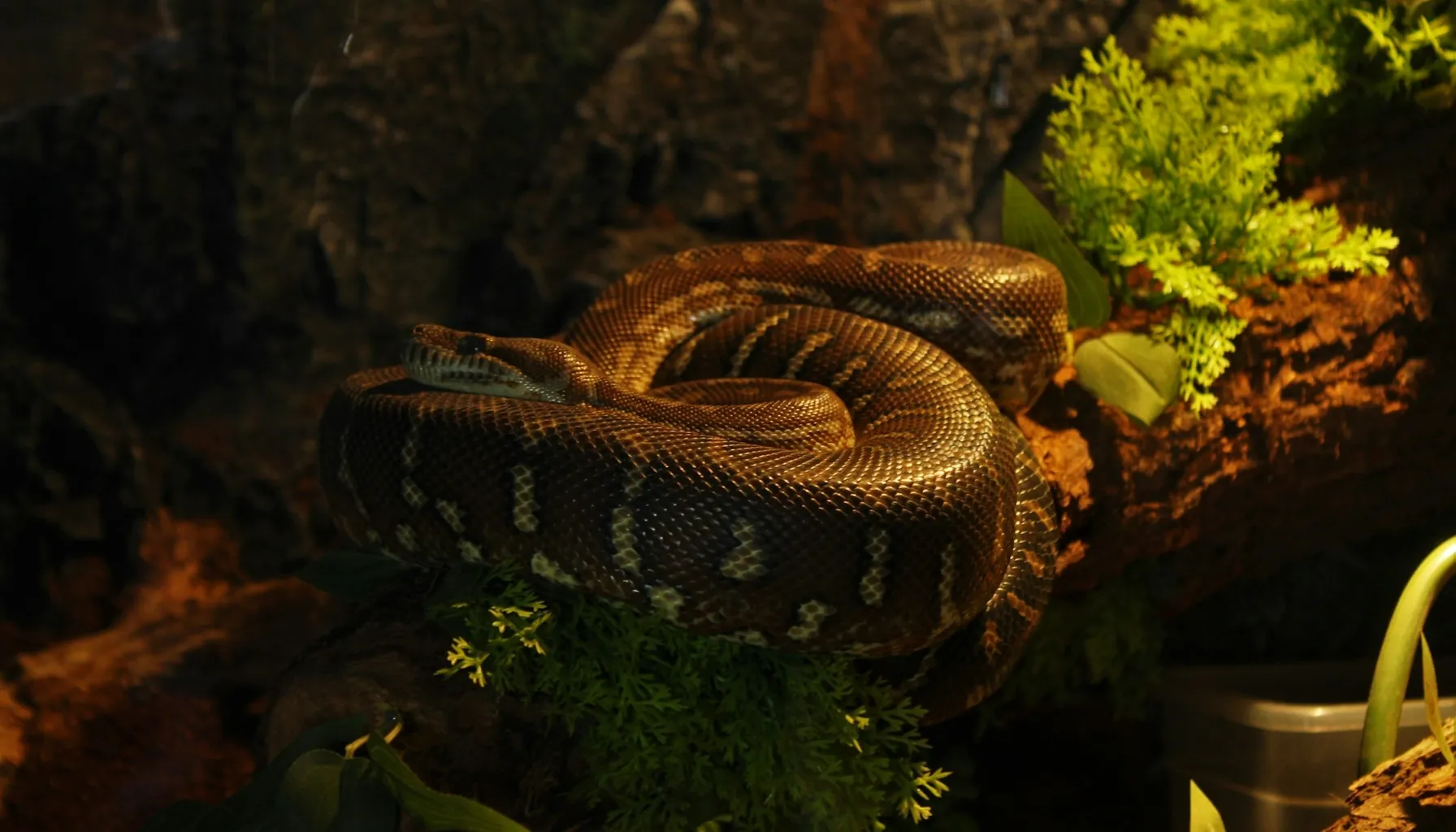
Everyday Strategies for Coping with Ophidiophobia
Even without regular meetings with a psychologist, you can take steps to make your life easier and restore a sense of control. These aren't complicated techniques, but simple actions that gradually train your body to react more calmly.
Movies and TV shows. If you know there's a scene with a snake, skip it. Why stress yourself out unnecessarily?
Body and breathing. A few slow inhalations and exhalations, a short meditation, or yoga can help slow down panic. When your breathing becomes more even, your thoughts stop racing.
Journal. You can write down where and when your fear appeared and what helped reduce it. It's pleasant to reread it later and notice: where there used to be "panic," now there's "a little tension, but I got through it."
Fear ladder. Start with small things: a picture in a textbook or a snake emoji in a chat. Then photos, videos, and only then live observation, even through glass at a zoo.
A system of "small rewards" also works well: after each step, allow yourself something pleasant—a cup of your favorite coffee, a walk, or a game on your phone. Then the process becomes not just about working on your fear but also a series of small victories that lift your spirits.
These steps help not only with snake phobia but also with dendrophobia and other rare anxiety disorders.
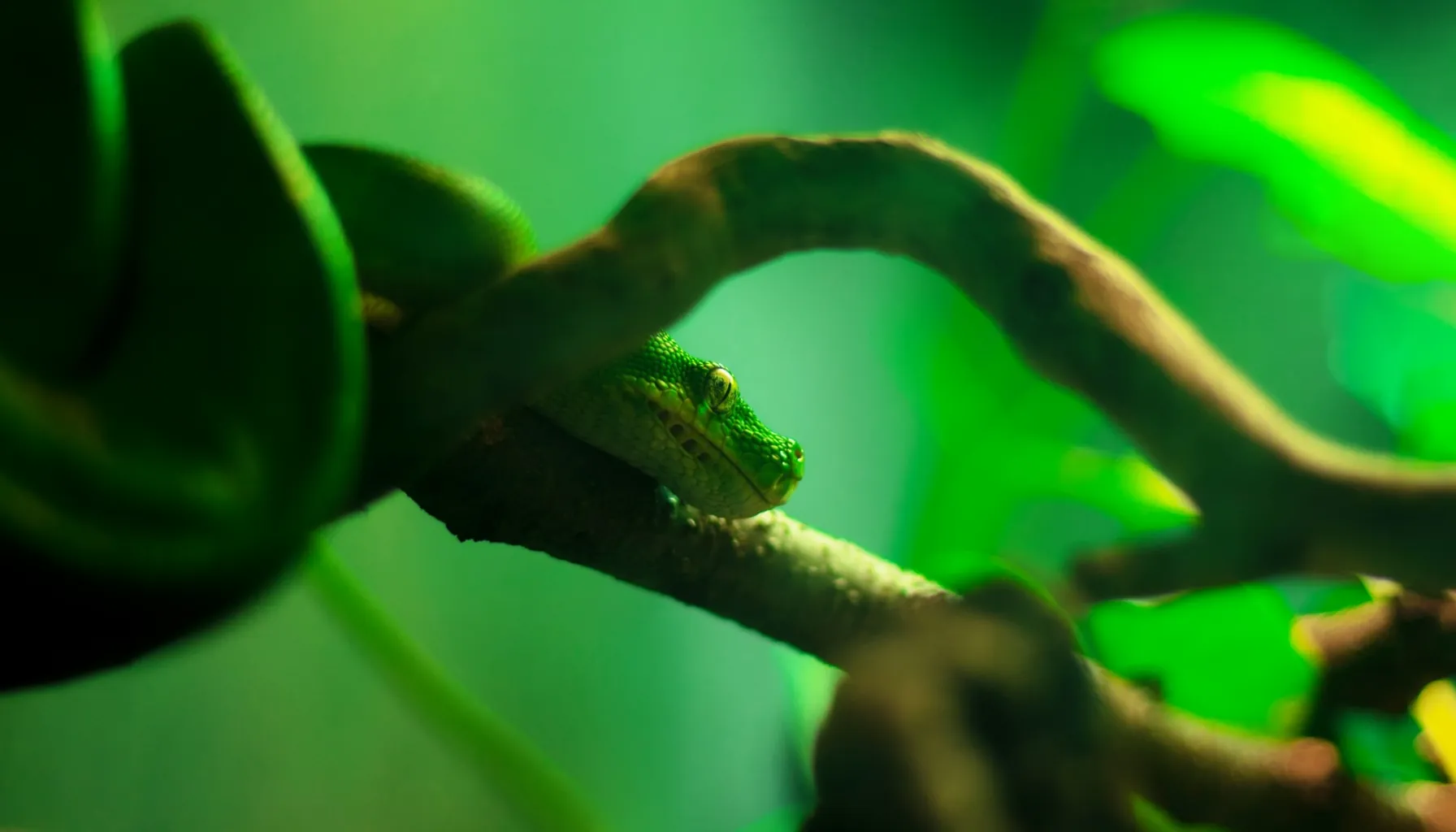
Broader Perspective on Animal Phobias
Ophidiophobia is just one part of a broader spectrum of zoophobias. People fear dogs, cats, insects, even fishes. Each fear is unique, but they all share one thing in common: a disproportionate reaction to the object.
Table: Examples of Specific Animal Phobias
Name of Phobia | Object of Fear | Manifestation Features |
Cynophobia | Dogs | Panic at barking, avoidance of streets |
Ornithophobia | Birds | Anxiety at the sound of wings |
Ophidiophobia | Snakes | Avoidance of nature, panic even from images |


